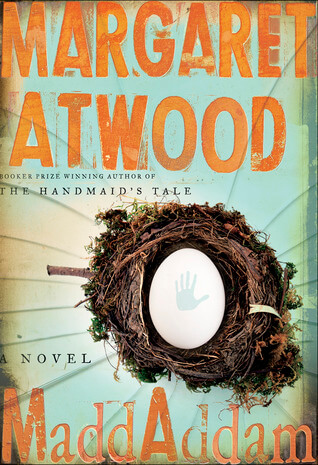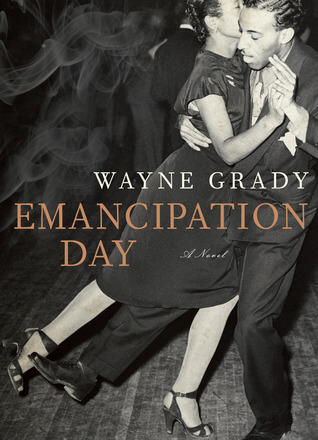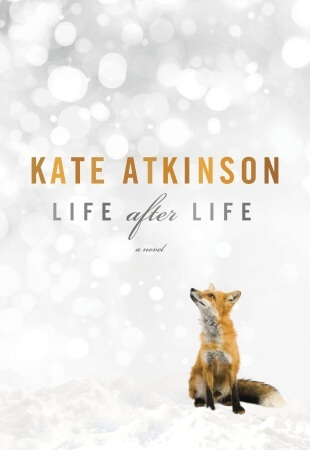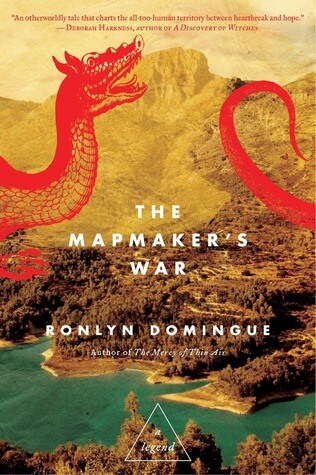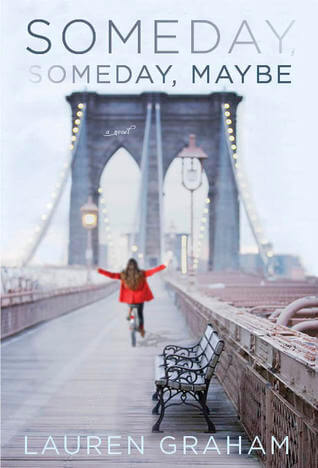“Somé picked up his mint tea. ‘Why do women do it? Cuckoo, too. . . she wasn’t stupid—actually, she was razor sharp—so what did she see in Evan Duffield? I’ll tell you,’ he said without pausing for an answer. ‘It’s that wounded-poet crap, that soul-pain shit, that too-much-of-a-tortured-genius-to-wash bollocks. Brush your teeth, you little bastard. You’re not fucking Byron.'”
– The Cuckoo’s Calling, JK Rowling writing as Robert Galbraith
Well, we all know the secret of Robert Galbraith and his debut novel The Cuckoo’s Calling. Galbraith, of course, is the pseudonym of JK Rowling. (If you somehow missed the story, check out this article in the New York Times.) Unfortunately, I would likely not have heard about this book if its provenance hadn’t been revealed, but I wish I’d read it unhindered by the knowledge of who its author is. It’s impossible to read without bring a boatload of expectations and assumptions to the table. I’ve lost count of the number of times I’ve read my beloved Harry Potter books, and yet I absolutely despised Rowling’s adult debut A Casual Vacancy. How, then, to read a mystery that was published with the specific intent of enjoying critical reviews and audience response without being associated with the Rowling powerhouse?
Fortunately, The Cuckoo’s Calling returns to Rowling’s greatest strength: compelling narrative. Rowling is a master storyteller, and in this contemporary murder mystery there’s plenty of story to go around. Private investigator Cormoran Strike is physically imposing, mentally sharp, and socially a bit gruff. His girlfriend has left him (again), he’s sleeping in his office, and he’s in pain due to the leg he lost as a Military Policeman in Afghanistan. Not to mention he can barely pay his bills, including the salary of bright, eager temp secretary Robin Ellacott. When John Bristow, an old school chum, turns up with a case, Cormoran can hardly say no, especially because Bristow is prepared to overpay him grandly. Bristow’s adopted sister, ultra-famous supermodel Lula Landry, has apparently committed suicide, but Bristow is convinced she was murdered.


